The glycemic index is one of the parameters well known to diabetics. However, not only they should know which products cause a rapid increase in blood glucose levels, but also people on a low-index diet.
What is the glycemic index?
From a medical perspective, the glycemic index (GI) is the area under the glycemic response curve measured over 120 minutes after consuming 50 g of digestible carbohydrates contained in the tested product and expressed in relation to the glycemic response to the same amount of carbohydrates (50 g) from the reference product, which is most often glucose (GI = 100).* In simpler terms: it is an indicator that shows the rate at which the body absorbs carbohydrates contained in the product in relation to glucose. The glycemic index of products is calculated based on their effect on blood glucose levels.
The lower the glycemic index, the smaller the percentage increase in glucose concentration after a meal.
The following products are distinguished:
- low glycemic index – below 55 (in some sources 50),
- medium glycemic index – 55-75,
- high glycemic index – > 70.
Products with a low GI should be the basis of our diet (they slow down glucose absorption), and those with a medium GI can be chosen by us, for example, 2-3 times a week. The glycemic index of carbohydrates classifies products depending on the rate of increase in glucose concentration after their consumption.
Interestingly, raw carrots have a different glycemic index than cooked carrots. This is because the glycemic index is influenced by:
- heat treatment (cooked vegetables have a higher GI than raw ones)
- amount of fiber in the product (lowers GI)
- the degree of processing of the product (the more processed the product, the higher its GI)
- the storage time of the product (the riper the fruit, e.g. bananas, the higher their GI).
- the glycemic index is also lowered by, among other things, fat and protein content.
Glycemic index and glycemic load
These are two concepts that, although they refer to the same concept, mean different things. The glycemic load is a numerical value that takes into account both the quality and quantity of carbohydrates in a product. The higher the value, the higher the concentration of glucose in the blood after consuming a given product.
The glycemic index value may vary depending on the composition of the products and how they are prepared.
The glycemic load, unlike the glycemic index, takes into account the size of the portion consumed.
Although the glycemic index is associated with diabetes, knowledge about it should be known to anyone who wants to eat healthily and, for example, wants to avoid drops in mood and energy. It should be remembered above all by people who are at risk of cardiovascular diseases.
Products with a low glycemic index
On this list you will find:
- vegetable oils (e.g. olive oil)
- meat and fish
- avocado
- eggs
- lettuce
- whole grain bread and sourdough bread, whole grain products
- oatmeal and bran
- apples, apricots, peaches, pears, strawberries
- carrots, tomatoes, cauliflower, celery, zucchini
- lentils and chickpeas
- long grain rice and basmati
- milk, plant drinks
- pearl couscous, buckwheat, rice cosmos
And which of them should form the basis of our diet?
Vegetable oils
Good quality olive oil should be in every kitchen. It is added to salads and raw vegetables, and can also be used instead of butter. Other oils have many health benefits, including pumpkin seed, black cumin, milk thistle, sesame, and hemp.
Oat flakes
They are a source of vitamins (especially those from group B), but also essential elements for proper functioning such as: magnesium, calcium, sodium, potassium. They also contain a lot of fiber and lutein.
Oat flakes are easily digestible and rich in valuable fats and carbohydrates. They taste great with fresh fruit.
Basmati rice
It contains a lot of fiber and provides a feeling of satiety for a long time. It is a source of B vitamins, as well as iron, potassium, selenium and zinc.
Basmati rice takes a bit longer to cook than regular rice, but rewards you with a delicate flavor and loose texture. It goes well with spices and herbs, especially Indian cuisine.
Buckwheat groats
It is a valuable component of the diet. It contains ingredients that lower cholesterol and blood pressure. It is a rich source of fiber, which improves digestion and supports weight loss, as well as high-quality protein. Regular consumption of buckwheat groats helps maintain stable blood sugar levels.
A good idea for using it is buckwheat served with vegetables and covered with olive oil sauce. Cabbage rolls stuffed with buckwheat also taste very good. You can also grind the groats and use this flour to make pancakes.
Legume seeds
Lentils and chickpeas in particular have a low glycemic index. They contain a lot of vitamins and minerals, and are also a source of protein (they are an excellent alternative to meat).
What to avoid?
High glycemic index foods, such as white bread and sweets, should be limited in your diet. Eating high GI foods can lead to a rapid increase in blood sugar levels.
*dr hab. n. med. Lucyna Ostrowska, Glycemic index - high and low glycemic index, table, products










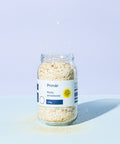




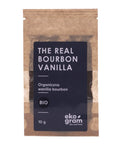






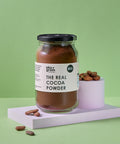




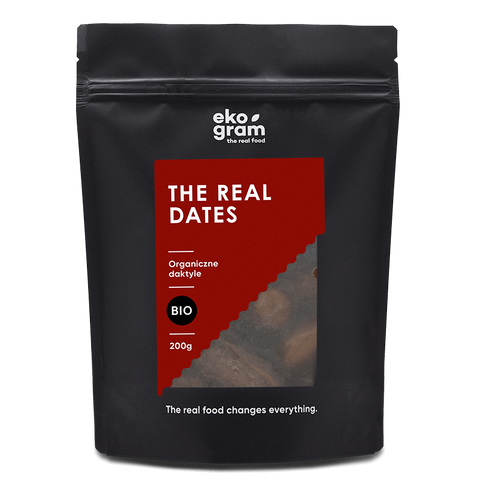
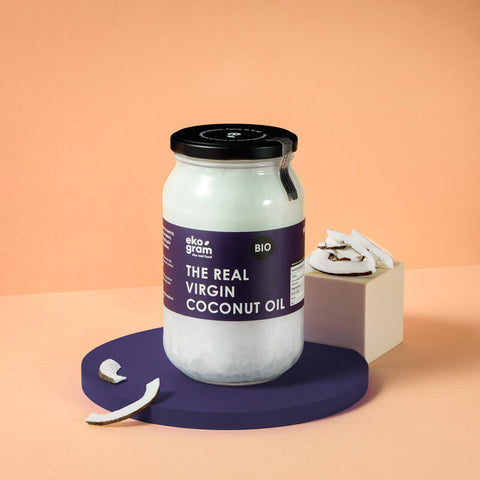
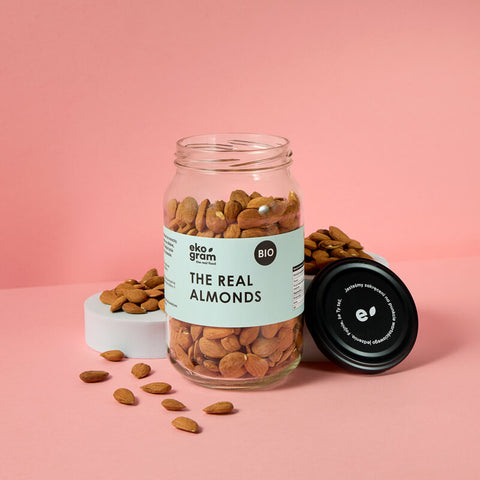


Comments (0)
There are no comments for this article. Be the first one to leave a message!